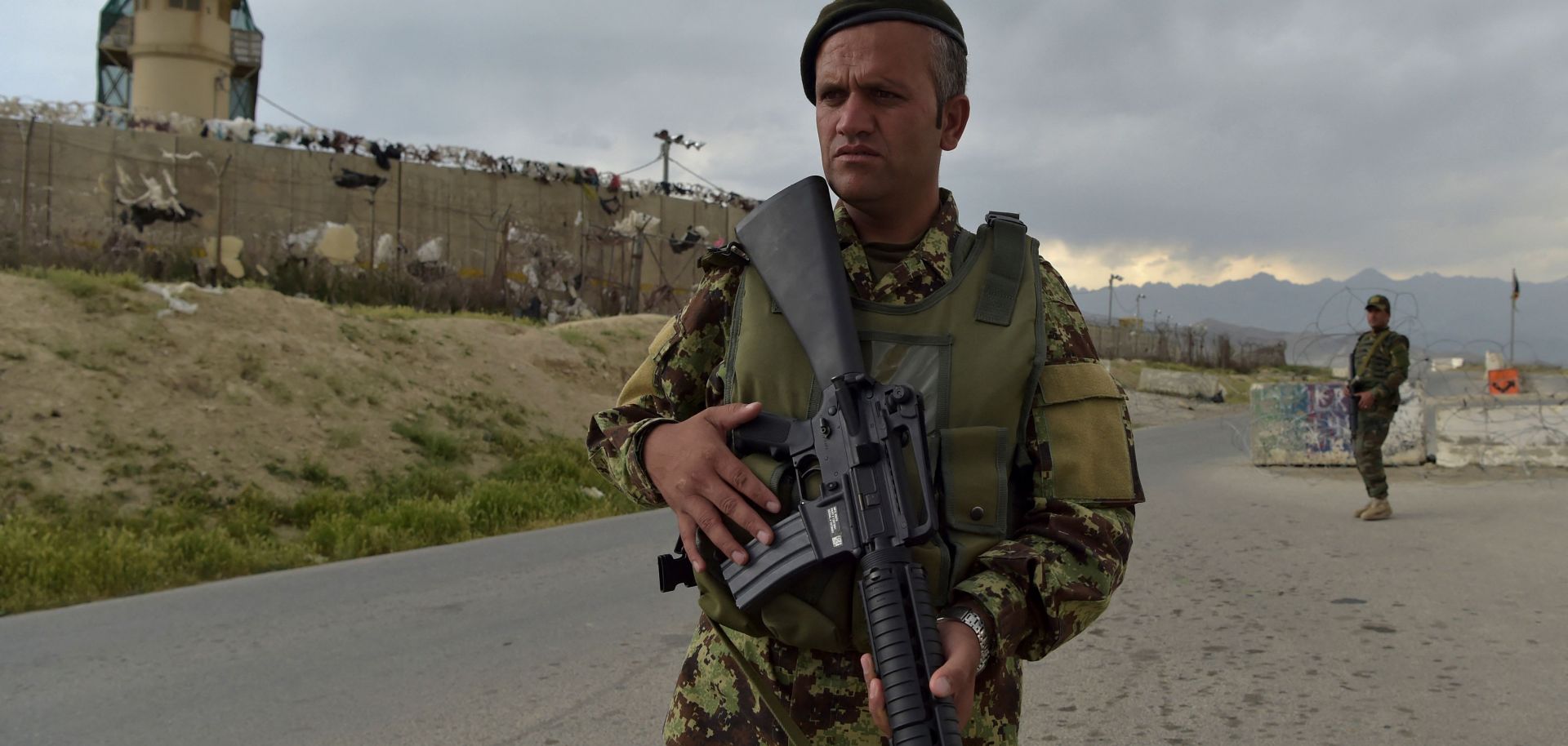Geography and history have left Afghanistan a fractured landscape, the contours of which are re-emerging as the United States withdraws from its 20-year engagement. Landlocked in Central Asia, Afghanistan has a history of being a geographically fragmented nation with an equally fragmented society, with concentrations of ethnic, sectarian and clan affiliations that have long shaped the Afghan context. After the U.S.-backed invasion in 2001, the country’s otherwise warring populace was temporarily brought together through a newly established Afghan government backed by the U.S.-led coalition. However, Washington’s latest decision to end its 20-year occupation threatens to tear the delicate threads preventing the country from once again descending into civil war. The Taliban, a predominantly Pashtun group that ruled Afghanistan from 1996 to 2001, has largely seen U.S. troop withdrawals as a victory and an opportunity to reclaim lost territory during the war — ramping up violent attacks targeting Afghan security forces and civilians in and around Kabul. In response, Tajik, Uzbek and Hazara warlords have once again begun mobilizing their anti-Taliban forces, highlighting the continued existence of the long-standing underlying pattern of ethnically-driven power struggles that was merely interrupted rather than eradicated by the U.S. invasion in 2001. The dynamics between the country’s ethnic groups continue to present a large point of contention and serve as one of the most severe hindrances of peace — including within the current Afghan government, which has prominent ethnic divides between the Pashtuns and Tajiks.

Surrounding nations like Russia, Iran, Pakistan and China — which all have their own cross-border ethnic, social, economic and security interests — will be forced to adapt to the fragmenting domestic politics of Afghanistan. This, in turn, will spark competition for influence as these countries face genuine security threats from the emergence of a negative space along their borders. Russia, Iran and China will use relationships with the Afghan government, the Taliban and local ethnic and tribal groups to ensure their national security concerns are addressed, regardless of which group remains in power after the United States completes its troop withdrawal. Pakistan, meanwhile, will continue deepening its ties with the Taliban in hopes of installing a pro-Pakistan government in Afghanistan, while avoiding reopening disagreements over the Durand Line.



